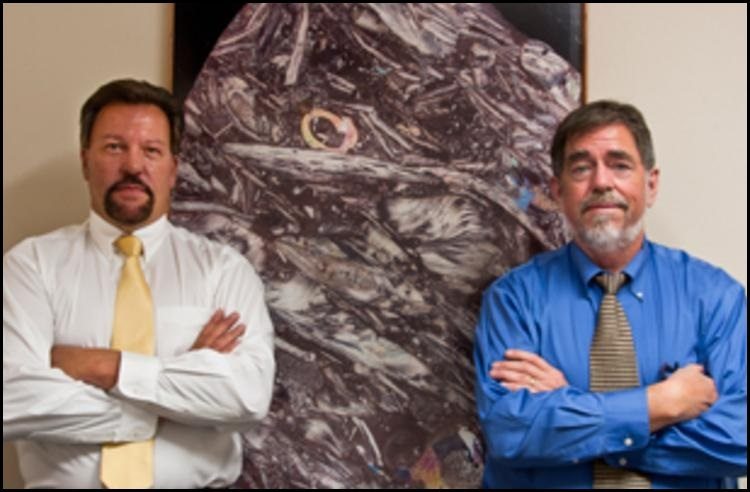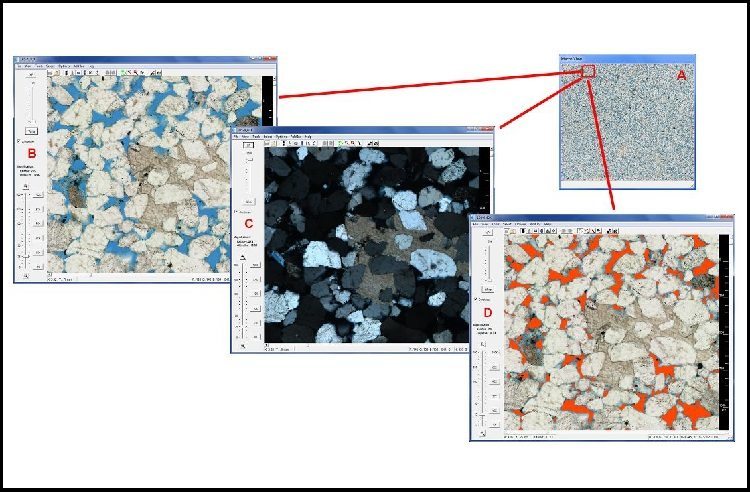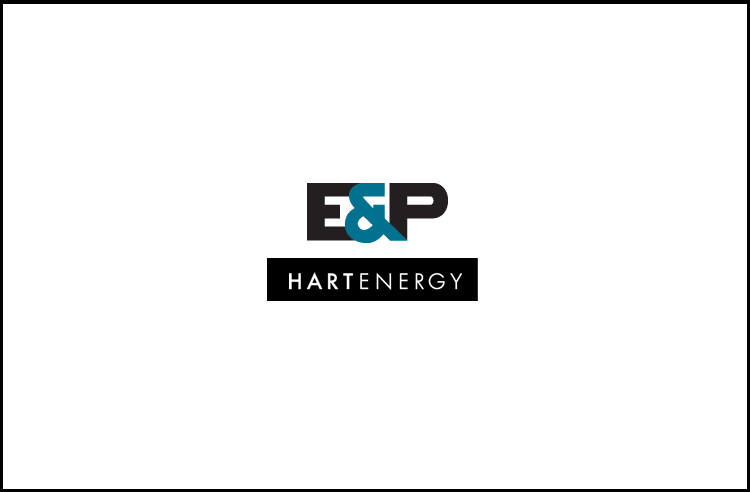Every time I go to a trade show, people ask me if I’ve seen anything new and exciting. Often the answer is, “Not really.” There are a lot of version 3.2s and general improvements to existing technology but seldom a particular theme.
This year’s American Association of Petroleum Geologists annual meeting was a little different. Yes, there were the usual seismic companies showcasing their multiclient data and software companies giving demonstrations. But there were also several companies discussing new ways to take rock samples from well cuttings and divine important reservoir information from them – at the wellsite.
One such company is FEI. Offering a concept known as “automated mineralogy,” FEI uses SEM and energy dispersive X-ray spectrometry combined with sophisticated software for image processing and automation. The result is a fully integrated mineral and rock analysis that is rapid, accurate, repeatable, and statistically valid, according to company literature.
Another announcement came from Fugro Robertson, which introduced its RoqSCAN technology at the show. RoqSCAN is a portable rock properties analyzer that looks at cuttings in high resolution and generates intuitive and quantitative mineralogical and textural datasets within an hour. Data provided include bulk mineralogy, lithology, mineral types and ratios, and grain size, all measured against depth. In stimulated wells, this information can be used to support the location of fracing stations.
Finally, I talked to PetroArc International, which evaluates an entire core sample without having to send it off to a core laboratory. Its TenEx imagery, said Vice President Nelson Heskett, represents a quantum leap in image resolution by measuring 1,360 dpi, the equivalent of looking at the core through a 10-x hand lens.
PetroArc’s core scanners are portable and can be ready for imaging at the wellsite within 30 minutes. The company also provides software that includes a wavelet-encoding algorithm to compress the imagery without loss in color fidelity or pixel resolution. And it can also image thin sections, core plugs, and cuttings.
The overall goal with these types of systems is to enable clients to stop relying on incomplete information. With this much detail coming directly from the wellbore, the hope is to provide operators the best reservoir information possible without the time and expense associated with traditional core analysis.






